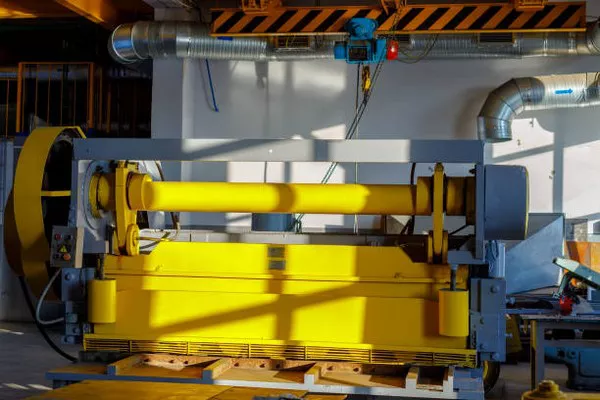In today’s world, where reliance on electricity is integral to almost every aspect of daily life, the importance of emergency generators cannot be overstated. Whether it’s a hospital, data center, or a critical infrastructure facility, having a reliable power backup system is crucial for uninterrupted operations during unforeseen power outages. In this article, we will delve into the inner workings of emergency generators, exploring the technology that enables them to provide a seamless and immediate power supply when needed the most.
Basic Principles of Emergency Generators:
Emergency generators, also known as standby generators, operate on the fundamental principle of converting mechanical energy into electrical energy. These generators are designed to kick in automatically when the primary power source fails, ensuring that critical systems remain operational during power interruptions.
Power Source and Fuel Types:
Emergency generators can be powered by various energy sources, with the most common being diesel, natural gas, propane, and gasoline. Diesel generators are widely used due to their efficiency, reliability, and long operational life. Natural gas generators, on the other hand, offer cleaner combustion and are often preferred for their lower emissions.
Engine Components:
The heart of an emergency generator is its internal combustion engine, which is responsible for converting fuel into mechanical energy. These engines typically have similar components to those found in automobile engines, including a fuel system, cooling system, exhaust system, and electrical starting system.
Fuel System: The fuel system supplies the engine with the necessary fuel, whether it be diesel, natural gas, or another type. This system includes a fuel tank, fuel pump, and fuel injectors.
Cooling System: To prevent the engine from overheating during prolonged operation, a cooling system is employed. This usually involves a radiator and a cooling fan that dissipate excess heat.
Exhaust System: The exhaust system removes combustion by-products and directs them away from the generator. It typically includes a muffler to reduce noise.
Starting System: The starting system initiates the engine’s operation. While older models may use manual starting, most modern generators are equipped with electric starters for automatic and rapid response during power outages.
Generator Alternator:
Once the engine is running, the mechanical energy it produces is converted into electrical energy through a device called an alternator or generator head. The alternator consists of a rotor and a stator. The rotor, connected to the engine, rotates within the stator, generating an electromagnetic field. This interaction induces voltage in the stator windings, producing the electrical output.
Automatic Transfer Switch (ATS):
To ensure a seamless transition from the primary power source to the generator during an outage, an automatic transfer switch (ATS) is employed. The ATS monitors the incoming voltage from the utility grid and activates the generator when a disturbance is detected. It then transfers the electrical load from the grid to the generator. Once the utility power is restored, the ATS switches the load back and shuts down the generator.
Voltage Regulation and Frequency Control:
Maintaining a stable voltage and frequency is crucial for the proper functioning of connected equipment. Voltage regulators and frequency controllers are integral components that ensure the generator produces electricity within acceptable limits. These devices continuously monitor and adjust the output to match the required specifications.
Governor System:
Generators must maintain a consistent rotational speed to generate a stable electrical output. The governor system controls the engine speed by adjusting the fuel supply. When a sudden load change occurs, the governor responds by regulating the fuel input to maintain a constant speed, preventing voltage and frequency fluctuations.
Monitoring and Control Systems:
Modern emergency generators come equipped with advanced monitoring and control systems. These systems provide real-time data on the generator’s performance, including fuel levels, oil pressure, temperature, and electrical parameters. Remote monitoring capabilities allow operators to receive alerts and manage the generator from a centralized location.
Exhaust Emission Control:
To comply with environmental regulations and ensure safe operation, emergency generators are equipped with exhaust emission control systems. These systems reduce harmful emissions, such as nitrogen oxides (NOx) and particulate matter, through the use of catalytic converters and other technologies.
See Also Will a 2200-Watt Generator Run Your RV Air Conditioner?
Conclusion:
Emergency generators play a pivotal role in safeguarding critical systems and ensuring the continuity of operations during power outages. By understanding the intricate workings of these generators, from the internal combustion engine to the automatic transfer switch and advanced control systems, one can appreciate the engineering marvel that enables these machines to provide reliable and immediate power when it matters most. As technology continues to advance, emergency generators will likely evolve to become even more efficient, environmentally friendly, and seamlessly integrated into our increasingly complex power infrastructure.

